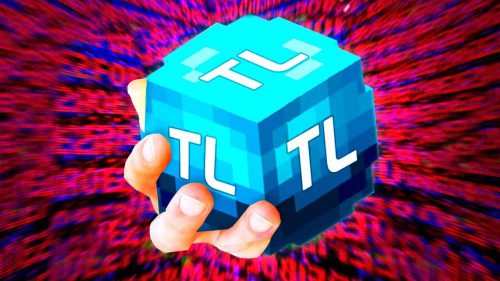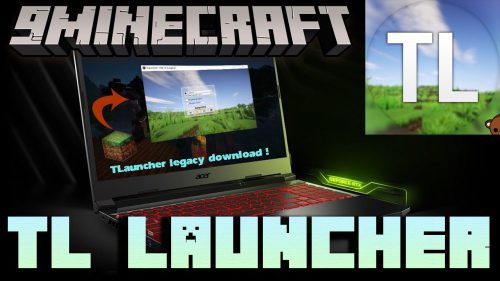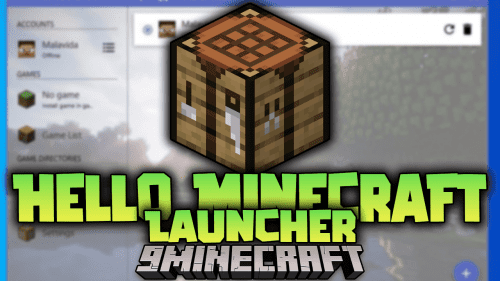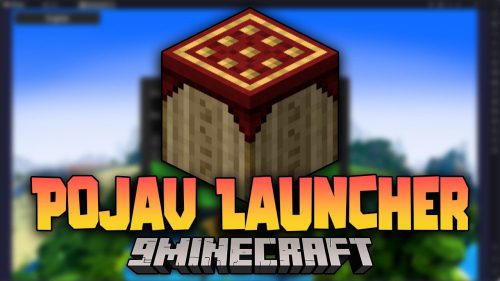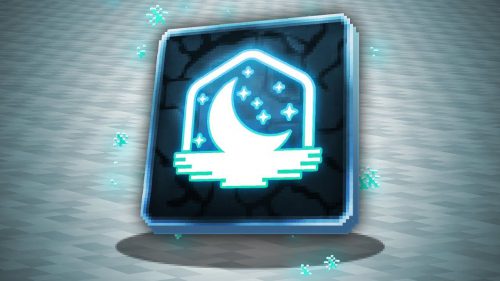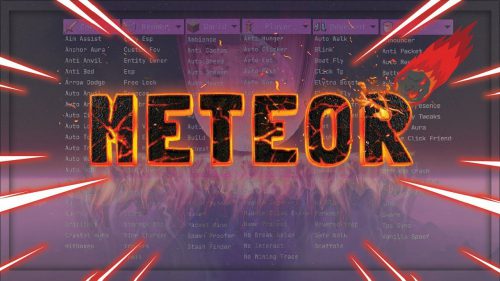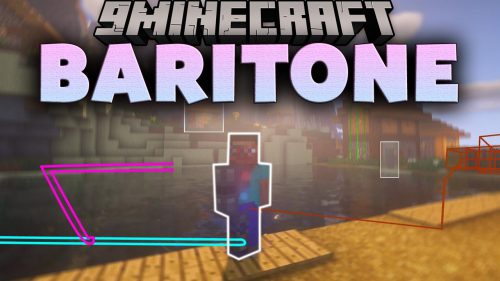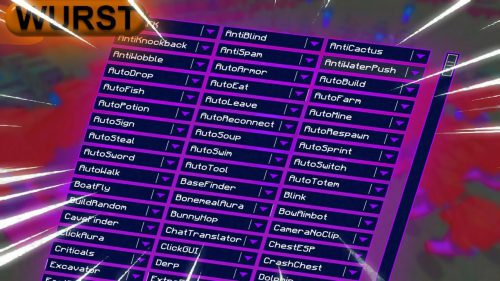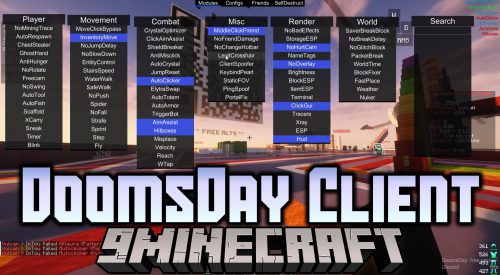NBT Tags for Dolphin – Wiki Guide
 99
99
 0
0
 December 25, 2023
December 25, 2023
This Minecraft tutorial explains the NBT tags (formerly called data tags) that you can use for a dolphin in Minecraft Java Edition (PC/Mac) 1.16, 1.17, 1.18, 1.19 and 1.20.
TIP: If you are not running Minecraft Java Edition (PC/Mac) 1.16/1.17/1.18/1.19/1.20, find NBT tags for dolphin in another version of Minecraft:
- Java Edition (PC/Mac) 1.14/1.15
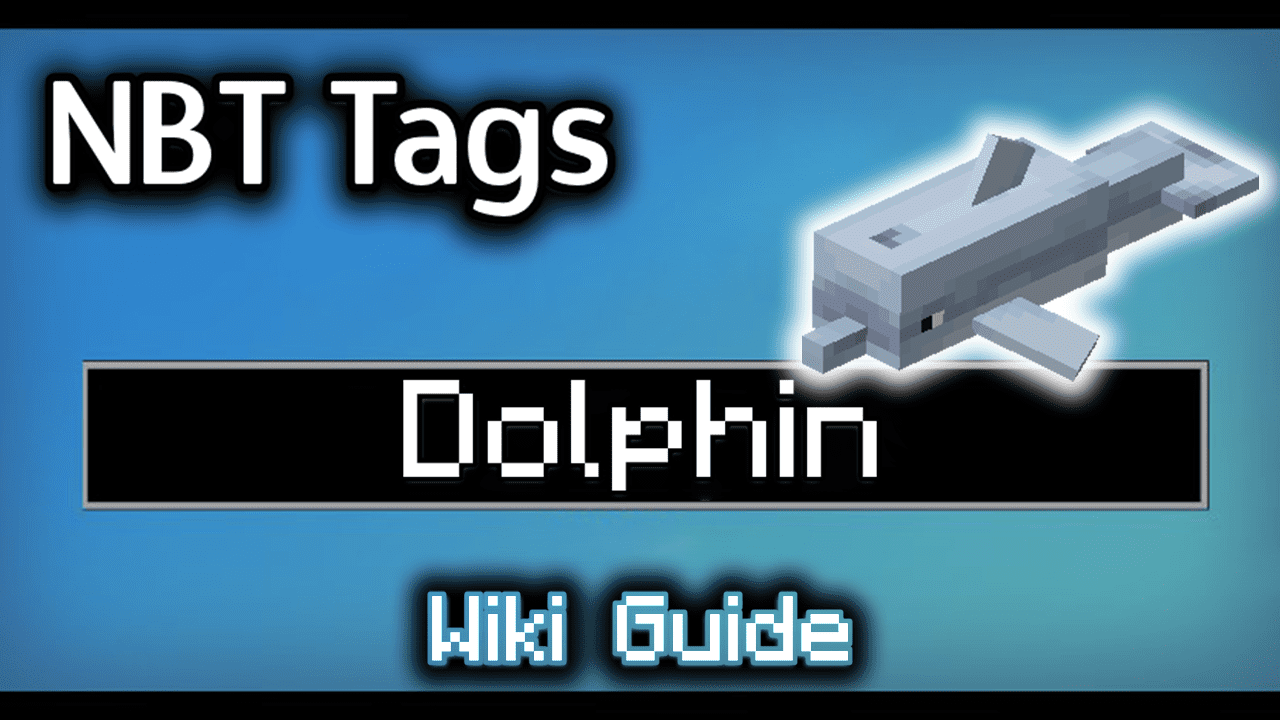
Background
In Minecraft Java Edition 1.16, 1.17, 1.18, 1.19 and 1.20, the entity value for a dolphin is dolphin. The dolphin entity has a unique set of NBT tags that can be used in Minecraft commands such as: /summon and /data.
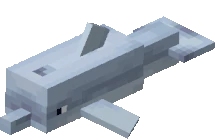
What are NBT tags (formerly called Data Tags)?
NBT tags allow you to set certain properties of an entity (such as dolphin). The NBT tag is always surrounded in {} such as {NoAI:1}. If there is more than one NBT tag used in a game command, the NBT tags are separated by a comma such as {NoAI:1,CustomName:”\”Flipper\””}.
List of NBT Tags
Here is a list of the NBT tags that you can use for dolphin in Minecraft Java Edition (PC/Mac) 1.16, 1.17, 1.18, 1.19 and 1.20:
| NBT Tag | Value (Description) | Works With |
|---|---|---|
| TreasurePosX | number (The x-coordinate of the treasure that the dolphin can lead you to)
Example |
/summon /data |
| TreasurePosY |
number (The y-coordinate of the treasure that the dolphin can lead you to) Example |
/summon /data |
| TreasurePosZ |
number (The z-coordinate of the treasure that the dolphin can lead you to) Example |
/summon /data |
| Moistness |
number (The number that represents how moist a dolphin is. When in the water, a dolphin will have a moistness value of 2400. Once the dolphin is out of water, this number will decrease. Once it gets down to 0, the dolphin will begin to take damage and eventually die.) Example |
/summon /data |
| GotFish |
0 (The dolphin has not been given a fish by a player) Example |
/summon /data |
| CustomName |
name (The name to assign to the dolphin) Example |
/summon /data |
| Health |
number (The number of health points the dolphin has) Example |
/summon /data |
| AbsorptionAmount |
number (The number of absorption health points the dolphin has) Example |
/summon /data |
| Invulnerable |
0 (The dolphin will take damage like normal) Example |
/summon /data |
| PersistenceRequired |
0 (The dolphin will despawn naturally) Example |
/summon /data |
| NoAI |
0 (The dolphin will have artificial intelligence and will move/behave like normal) Example |
/summon /data |
| Silent |
0 (The dolphin will make its usual noises in the game) Example |
/summon /data |
| Fire |
ticks (The number of game ticks until the dolphin is no longer on fire – there are 20 ticks in a second) Example |
/summon /data |
| PortalCooldown |
ticks (The number of game ticks until the dolphin can go through a portal again – there are 20 ticks in a second) Example |
/summon /data |
| Air |
ticks (The number of game ticks the dolphin has air left for) Example |
/summon /data |
| id |
dolphin (The entity value used to represent a dolphin in the Passengers tag) Example |
/summon |
| Passengers |
The mob that is riding on the dolphin. Use the entity value for the passenger mob Example of skeleton as passenger |
/summon /data |
NBT Tag Examples
To summon a dolphin that has a moistness value of 2400:
/summon dolphin ~ ~ ~ {Moistness:2400}
To summon a dolphin that is named Flipper and has a moistness value of 2400:
/summon dolphin ~ ~ ~ {CustomName:"\"Flipper\"", Moistness:2400}
Target Selectors
Before we finish discussing data tags, let’s quickly explore how to use the @e target selector. The @e target selector allows you to target entities in your commands. If you use the type=dolphin value, you can target dolphins:
@e[type=dolphin]
Target Selector Examples
To change the name of the nearest dolphin to Flipper:
/data merge entity @e[type=dolphin,limit=1,sort=nearest] {CustomName:"\"Flipper\""}
To kill all dolphins:
/kill @e[type=dolphin]
Next, learn how to use the game commands in Minecraft.
Command Examples
Here are some game command examples for a dolphin in Minecraft:

